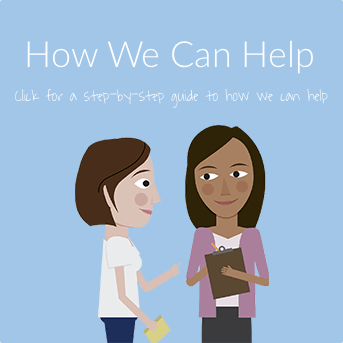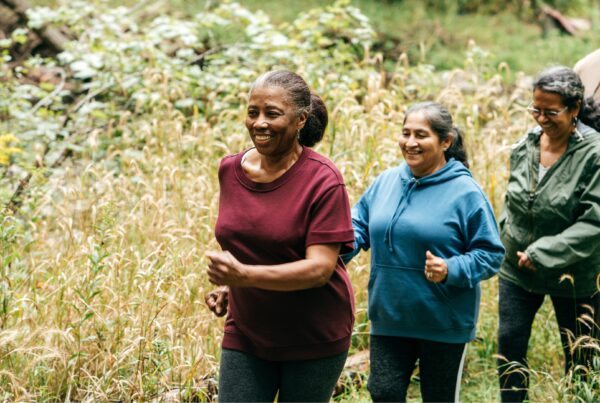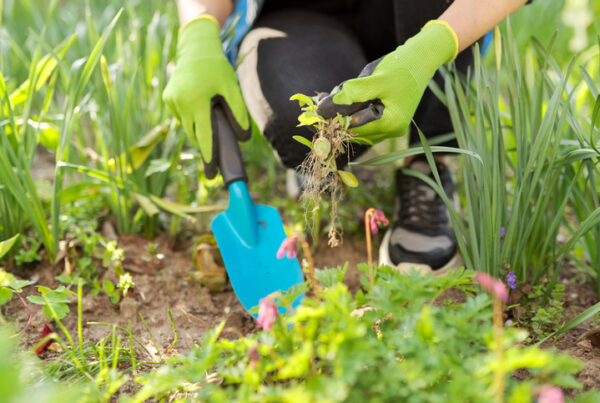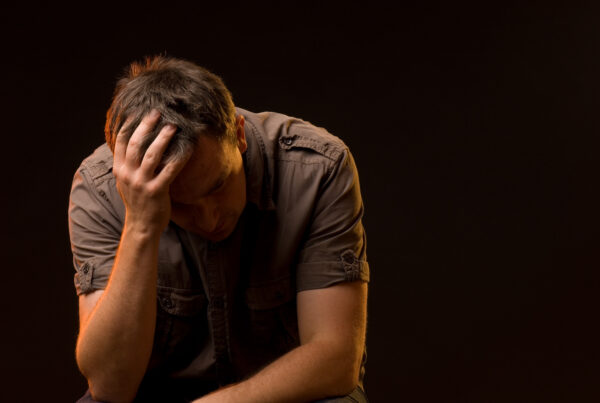We have known for a long time that women are twice as likely as men to suffer from an anxiety problem, like Social Anxiety Disorder, Generalized Anxiety Disorder, Panic Disorder, and others. You might assume that women are more likely to ask for professional help (and studies suggest they are), but they are also more likely to report the symptoms for these problems in community surveys.
Why the difference? Are women just more likely to acknowledge anxiety symptoms? Are differences in hormones the culprits, as some suggest? Most researchers appear to conclude that we just don’t know yet. What we do know is that some of the differences appear as early as age 6.
A recent article by Huffington Post Women’s editor Emma Gray describes her attempt to understand the issue. She shared her personal struggles with fears about never having a lifelong relationship, not being attractive enough, and the overall sense that she must be perfect. She describes the pressure and anxiety she felt as a result. Gray then cited evidence that women wait far too long to ask for help for anxiety—often years. Sadly, she is right. And men fare no better, waiting even longer on average to ask for help—if at all. My hope is that our efforts to create a truly accessible solution for social anxiety at Learn To Live will result in more people, women and men alike, feeling comfortable enough to take that first step toward dealing with their social anxiety.




